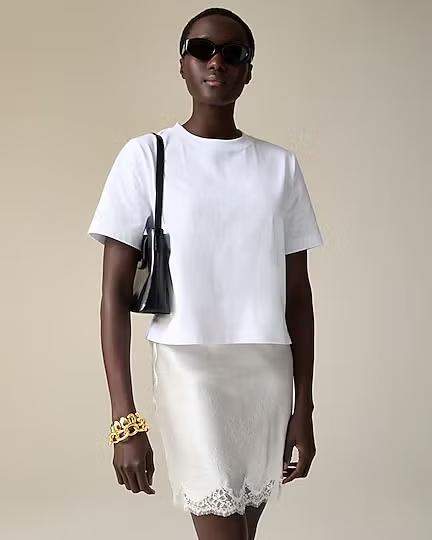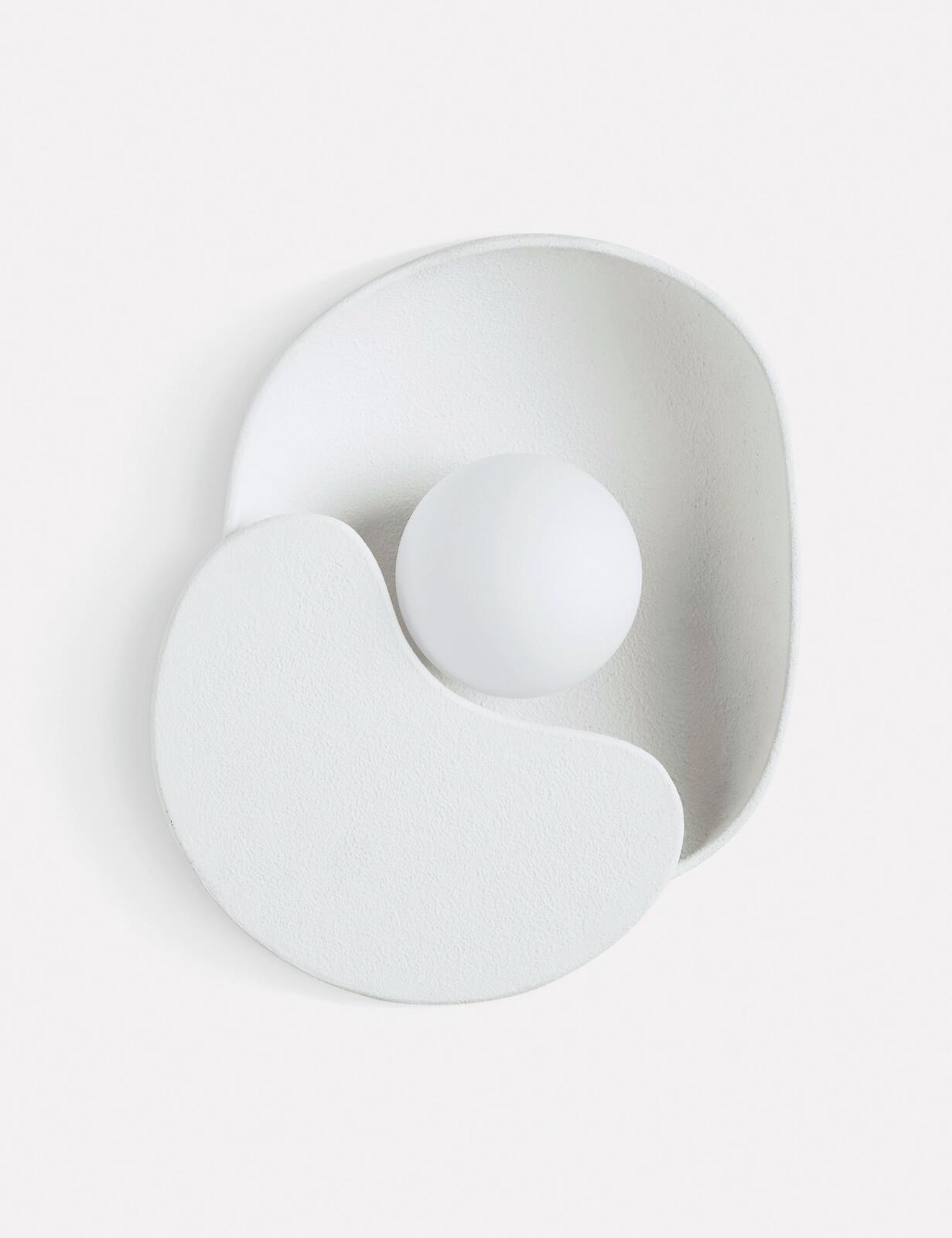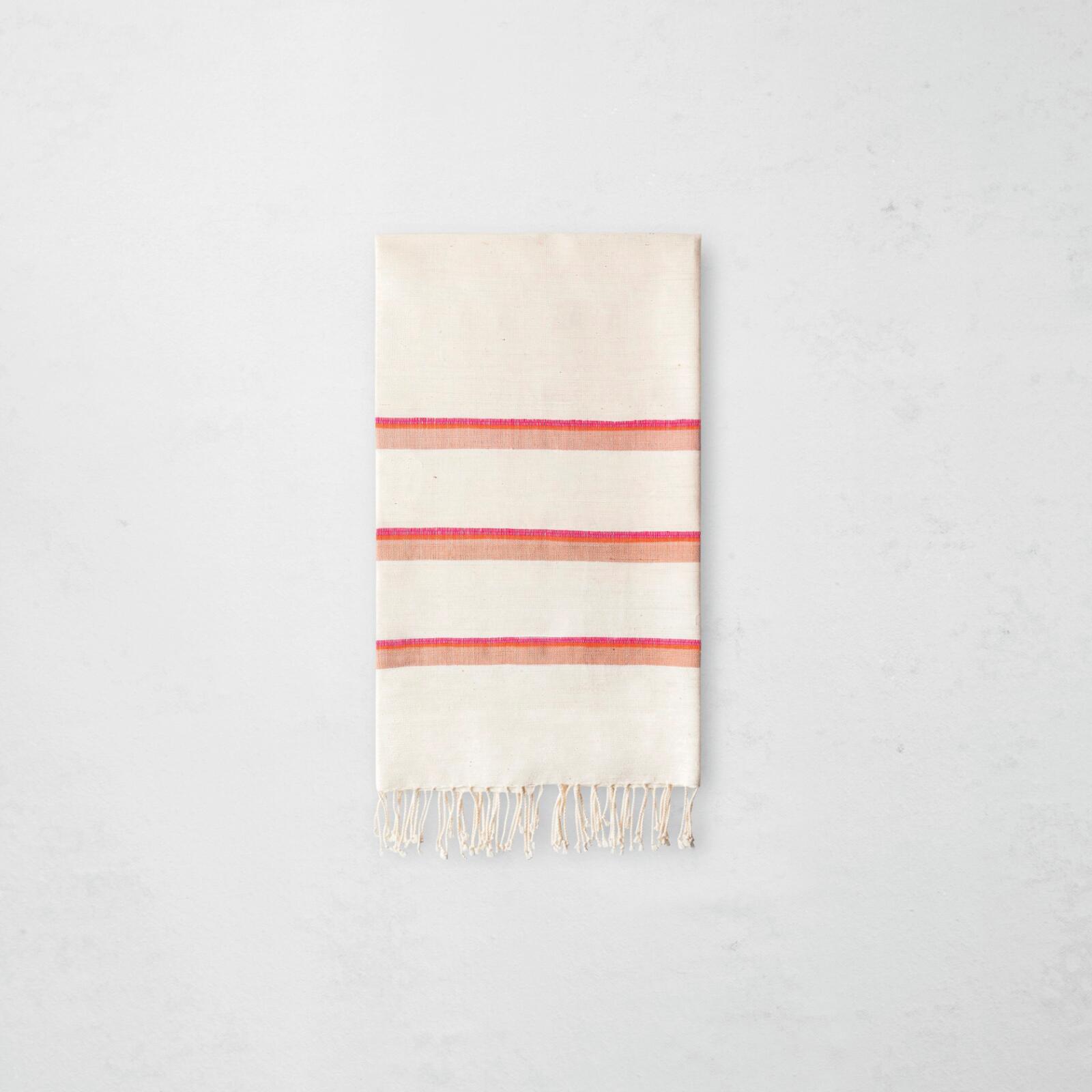
Who’s the greatest baseball player of all time? Up until this week, that question was up for debate in America’s national pastime’s divided record books between two leagues: Major League Baseball (MLB) and Negro League Baseball (the Negro Leagues).
On Wednesday, MLB announced that they were following “the recommendations of the independent Negro League Statistical Review Committee in absorbing the available Negro Leagues numbers into the official historical record.” This monumental decision followed their announcement in 2020, around the seven Negro Leagues teams from 1920-1948, which “would be recognized as Major Leagues.” This latest move comes 77 years after baseball great Jackie Robinson historically integrated Major League Baseball when he became the first Black player for the Brooklyn Dodgers in 1947.
MLB Commissioner Rob Manfred stated, “We are proud that the official historical record now includes the players of the Negro Leagues.”
“This initiative is focused on ensuring that future generations of fans have access to the statistics and milestones of all those who made the Negro Leagues possible,” Manfred continued. “Their accomplishments on the field will be a gateway to broader learning about this triumph in American history and the path that led to Jackie Robinson’s 1947 Dodger debut.”
“It’s a show of respect for great players who performed in the Negro Leagues due to circumstances beyond their control and once those circumstances changed demonstrated that they were truly major leaguers…Maybe the single biggest factor was the success of players who played in the Negro Leagues and then came to the big leagues,” added Manfred.
Combining the two leagues’ records into one has resulted in some shake-ups in the record books. For instance, Josh Gibson, a former Homestead Grays and Pittsburgh Crawfords hitter and catcher, “is now MLB’s all-time leader in batting average, slugging percentage and OPS and holds the all-time single-season records in each of those categories.”
Gibson wasn’t the only player who now has an updated record. He “is one of more than 2,300 Negro Leagues players — including three living players who played in the 1920-1948 era in Bill Greason, Ron Teasley and Hall of Famer Willie Mays — included in a newly integrated database at MLB.com that combines the Negro Leagues numbers with the existing data from the American League, National League, and other Major Leagues from history,” MLB reports.







However, as the documentary “When It Was A Game” shows, this doesn’t “erase the years of injustice.” This inclusion merely “serve[s] to remind us of what we missed” out on by virtue of the league being segregated for so long. Sportswriter Neil Paine reaffirmed this point, adding that these statistics prove the two leagues were equal and the Negro Leagues were not inferior to their white counterparts in the MLB.
Todd Peterson, a Negro League historian, has been advocating for the MLB to embrace Negro League statistics for years, initially making the case that “Negro Leaguers were the only ones to consistently beat white major leaguers, who dominated squads of semi-pro, college and minor leaguers.”
The same high standards for record holders are being applied for the Negro Leagues: “3.1 plate appearances or one inning for each game played by a player’s team,” ESPN reports. But the plaques at Cooperstown will remain unchanged, as Josh Rawitch, president of the Baseball Hall of Fame said “they reflect the information at the time of a player’s induction.”






